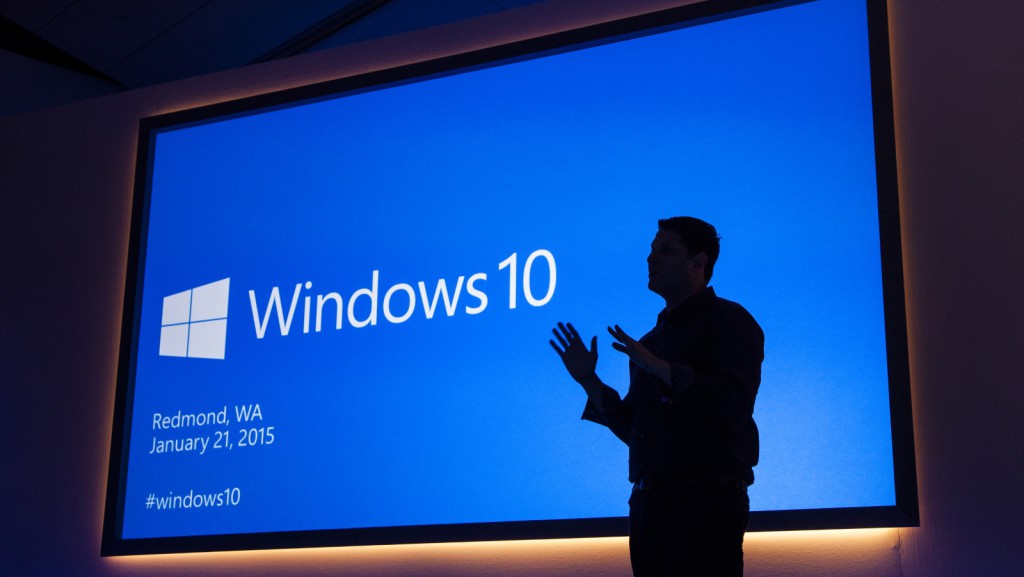For all Windows 10 related views, breaking stories and deeper analysis, visit our comprehensive Windows 10 Hub before and after Microsoft’s big launch.
Microsoft has a serious world-domination plan with Windows 10. Since the OS was officially launched last week, it’s already taken over 3.5% of the global market. But as impressive that figure may be, it is only limited to desktop computers.
No ad to show here.
Microsoft also wants Windows to become the go-to OS for mobile devices, it’s Xbox One console, as well as the Internet of Things (IoT) — one OS to rule them all, if you will.
While it’s been available in preview mode since early 2015, Microsoft has now officially released the public version of Windows 10 IoT Core.
The set of tools is targeted towards small, embedded devices that may or may not have screens. Specifically, these include cheap DIY computer kits Raspberry Pi 2 and Minnowboard Max.
Read more: Windows 10 first impressions: what Gearburn thinks of Microsoft’s new baby
Fitted with the right code and some creativity, the IoT Core enables hackers to develop their own projects using Windows.
Some of these projects include roaming robots, weather stations and remote controls.
IoT core is designed to have a low barrier to entry and make it easy to build professional-grade devices. It’s designed to work with a variety of open source languages and is said to work well with Visual Studio.
As a matter of fact, you’ll need Visual Studio as well as the 29 July release version of Windows 10 build 10240 to download IoT Core.
The move towards the IoT follows Apple’s introduction of the HomeKit last year which lets people communicate with and control various accessories in a user’s home.
Below is one of the awesome projects hobbyists have been busy with using Windows 10 IoT Core:
